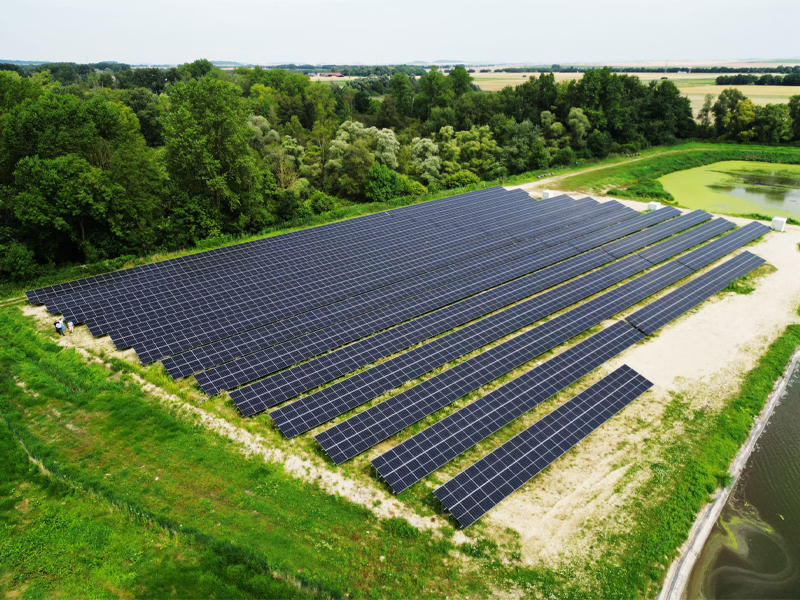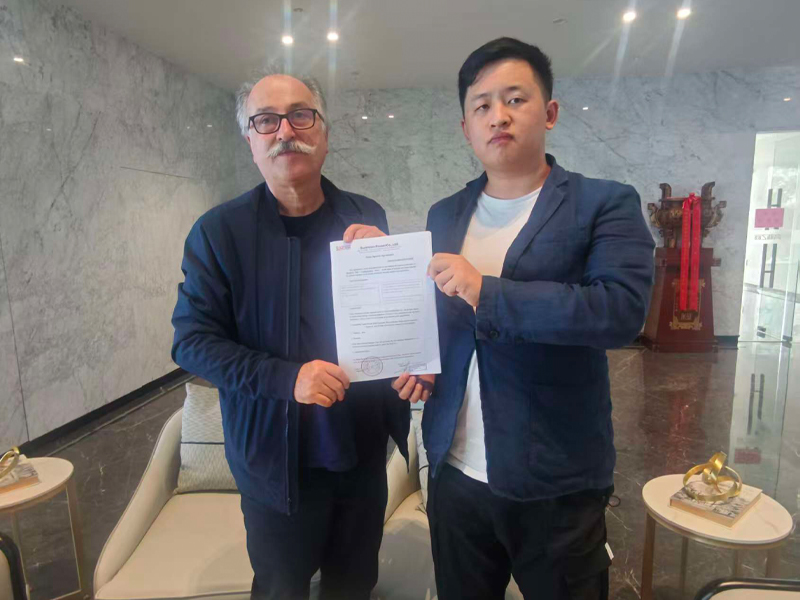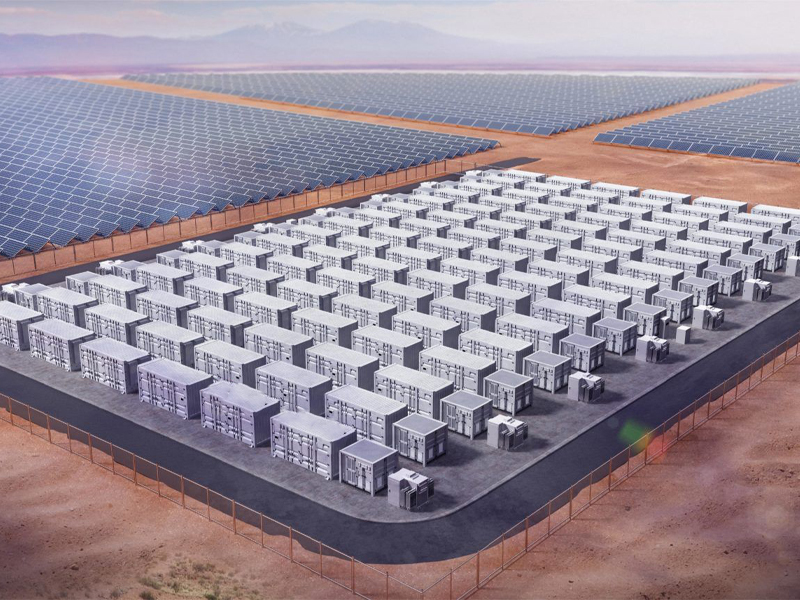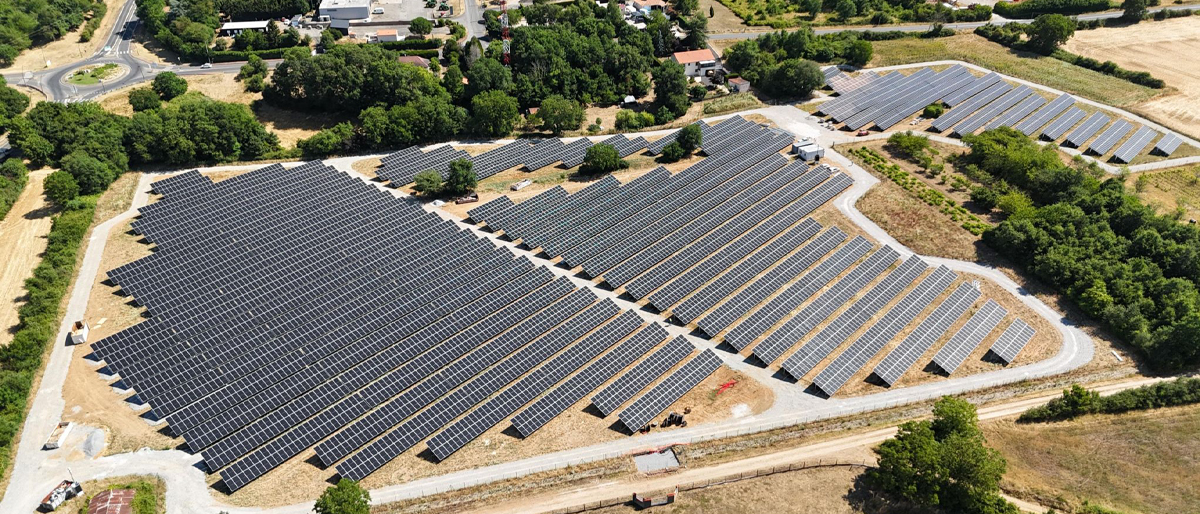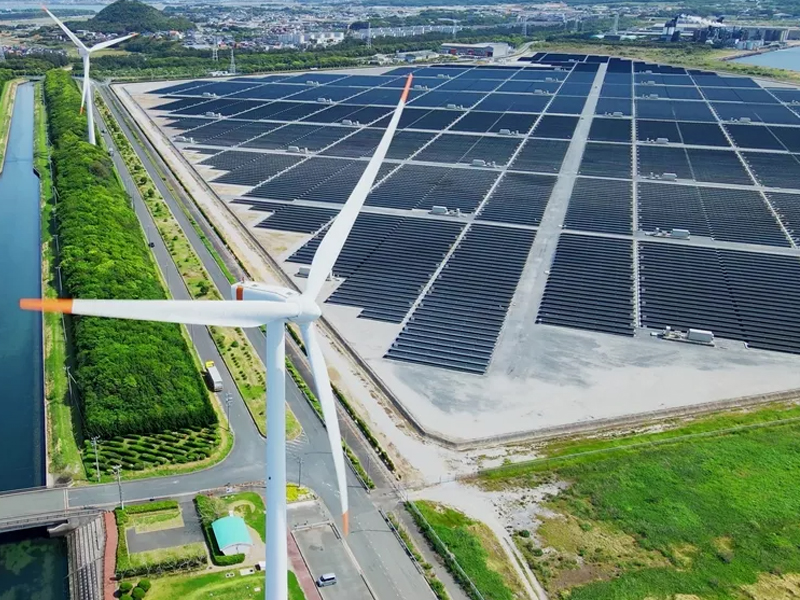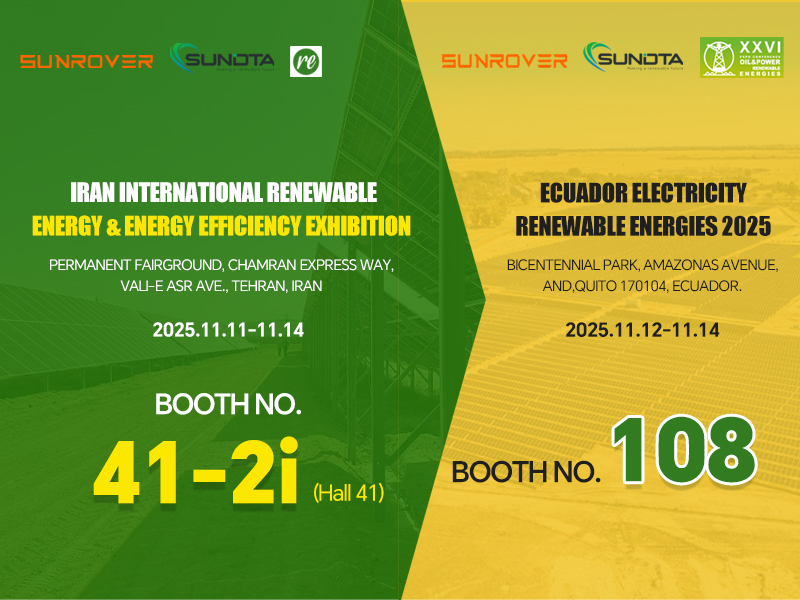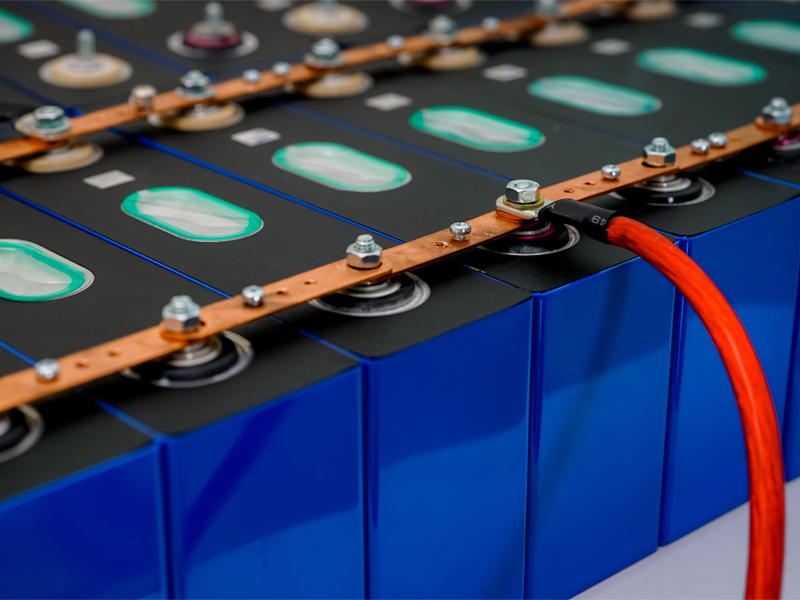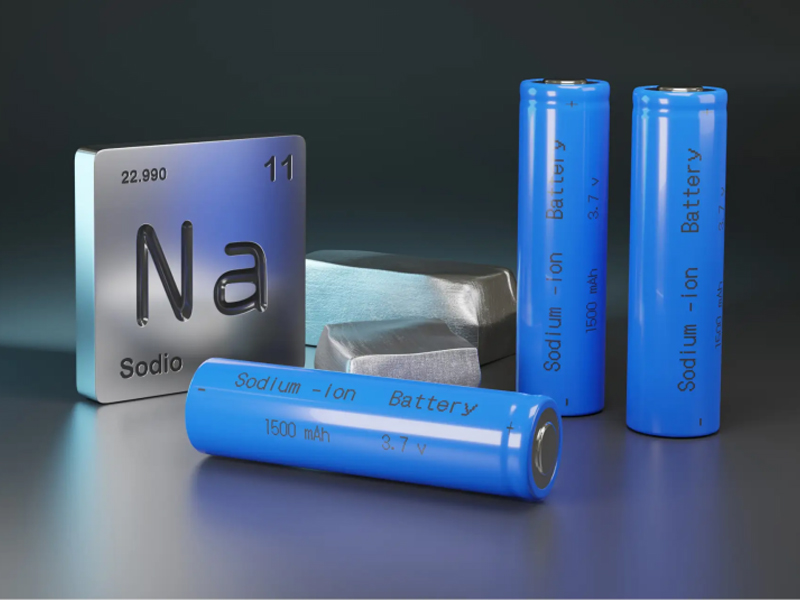Arctic Heat Wave Crisis! Solar Power Under Siege From Killer Heat!

Recently, according to the British newspaper The Guardian, a weather station within the Arctic Circle in Norway recorded temperatures exceeding 30°C on 13 days in July, while Finland has experienced temperatures above 30°C for three consecutive weeks. Scientists point out that this is the longest period of high temperatures since 1961, 50% longer than the previous record.
In the past two years, heat waves have swept the globe, even affecting the Arctic Circle. Many meteorologists believe that extreme weather conditions such as these will become increasingly common in the future.
For photovoltaic Power Plants, however, extreme heat is becoming a major culprit for the safety ofPhotovoltaic Modules.
The hot spot effect is a module killer!
In addition to power degradation, a more serious problem is that high temperatures can also exacerbate the formation of the hot spot effect in photovoltaic power plants, causing damage to photovoltaic modules and ultimately affecting power generation.
Extreme heat can exacerbate localized overheating, intensifying the hot spot effect. For example, outdoor Photovoltaic Panels can be susceptible to hot spots due to obstructions such as leaves or bird droppings. Under normal temperatures, these shielding elements only create a small resistance at best. However, in high temperatures, localized overheating can become severe. If the temperature exceeds a certain limit, it can cause permanent damage to the PV module, such as partial burns, dark spots, melted solder joints, and deterioration of the packaging materials. Hot spots, in particular, can cause fires on rooftops in densely populated areas, resulting in significant property losses.
Therefore, a good module can mitigate future risks from the outset. Aiko's ABC modules offer excellent high-temperature suppression, reducing reverse resistance through a unique circuit design. TUV testing reports show that when a single cell is shielded for one hour, the surface temperature of an ABC module is 30% lower than that of a TOPCon module. This effectively reduces hot spot temperatures, ensuring greater safety for power plant assets.
High temperatures are "stealing" photovoltaic power!
Besides the safety concerns associated with high temperatures, many people may have a misconception about photovoltaic power generation. They believe that during hot summer weather, the intense sunlight increases the efficiency of photovoltaic power plants. However, the reality is that high summer temperatures do not necessarily mean high power generation!
Previous experimental data from photovoltaic power plants showed that in July, on sunny days with temperatures between 29°C and 37.3°C, the average daily power generation of photovoltaic power plants was 13,000 kWh. In August, on sunny days with temperatures between 30.5°C and 39.25°C, the average daily power generation of the same plants was 12,800 kWh. This shows that while high-intensity sunlight in summer is beneficial for power generation, the accompanying high temperatures cause a decline in power generation.
Those working in the photovoltaic industry are likely familiar with the annual power generation curve of a photovoltaic power plant. Eliminating the influence of some special circumstances, the actual number of full power hours of the photovoltaic plant is not the highest in May, June, and July, when monthly radiation levels are highest. Conversely, during the spring and autumn seasons, when radiation levels aren't particularly high, the number of full-power hours per month reaches its peak of the year.
It's well known that the ideal power generation temperature for photovoltaic modules is around 25°C. With every one-degree increase in temperature, output power decreases. Currently, in hot summer weather, the surface temperature of photovoltaic panels can reach as high as 60°C.
Generally, power generation efficiency decreases by 0.2% to 0.5% with every 1°C increase in temperature. At such high temperatures, efficiency can drop by 5% to 17% compared to 25°C. This means that users' photovoltaic Power Station profits are shrinking due to high temperatures.
It is understood that the current mainstream ABC and TOPCon Solar Panels on the market perform well at high temperatures. For every 1°C increase in module temperature, the ABC module's power degrades by only 0.26%. This compares to the TOPCon module's temperature coefficient of -0.29%/°C, maximizing the power output of photovoltaic modules in high-temperature environments. Previously, in a field comparison test in Hainan, ABC double-glass 630W modules competed against TOPCon double-glass 580W solar panels, both undergoing complex terrain and climatic challenges under installation conditions at a 15° inclination in a mountainous environment.
Over 75 days of field testing, in a high-temperature, high-humidity environment, ABC modules demonstrated a cumulative gain of 1.93% in energy per kilowatt and 5.88% in energy per unit area compared to TOPCon solar modules. Their lower temperature coefficient means less performance degradation in hot weather, resulting in higher returns for power plants.
PV modules are not everyday fast-moving consumer goods. A high-quality power plant often undergoes long-term environmental testing. Maximizing profits presupposes maximizing safety. In today's volatile climate, prioritizing product quality is crucial to achieving long-term sustainability in the photovoltaic industry.


